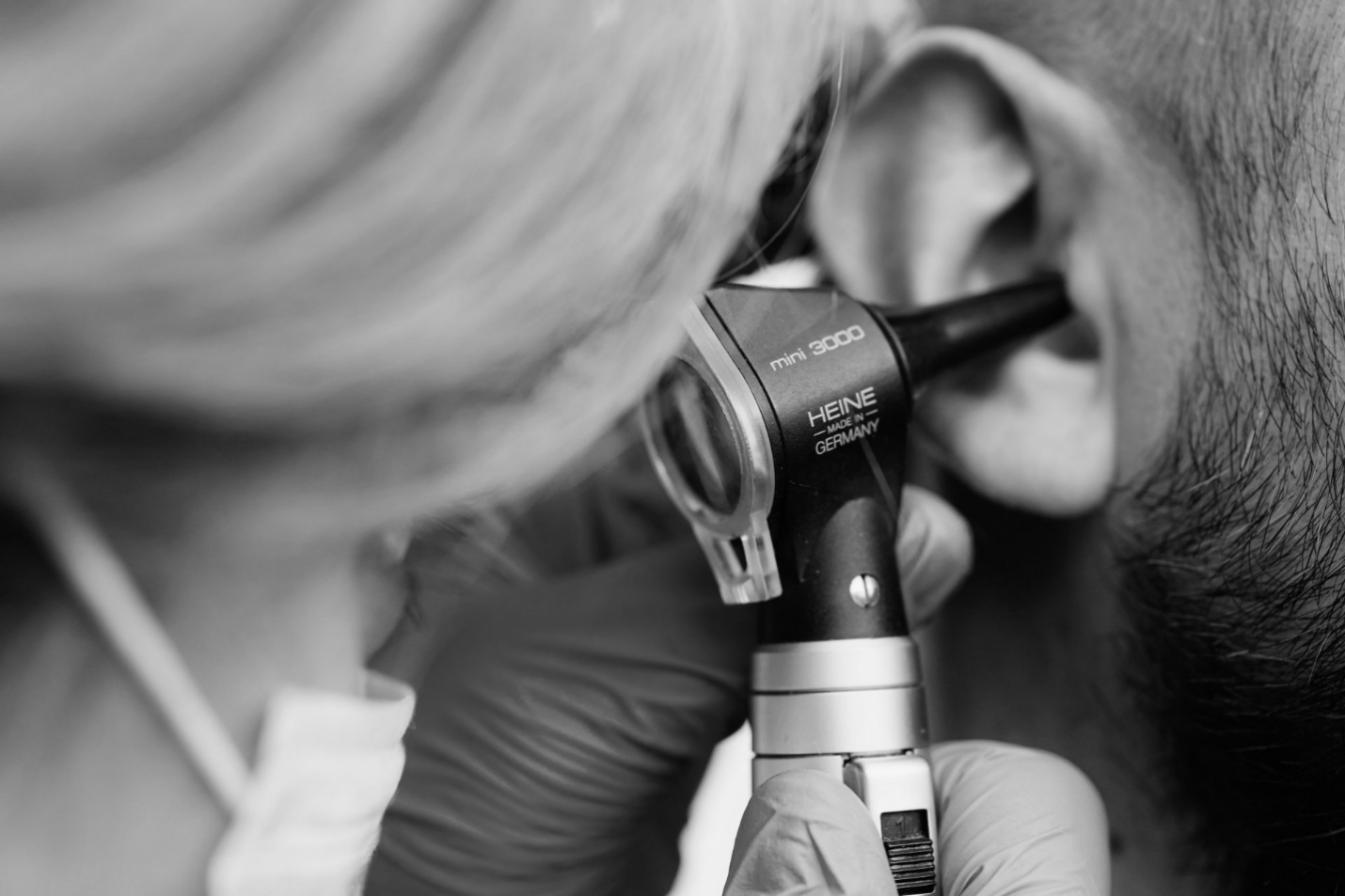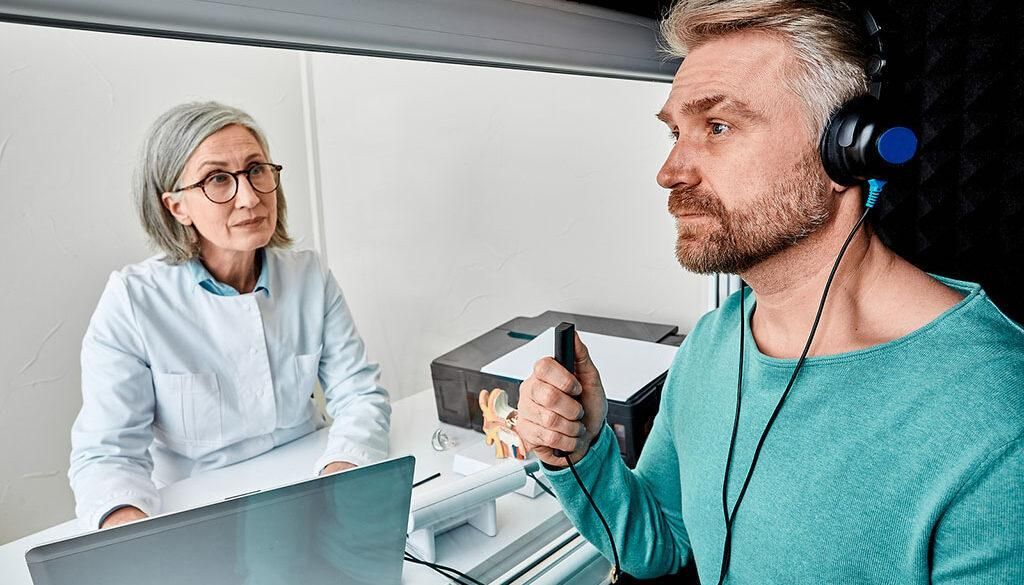Helpful Videos That Explain Hearing Health To Kids
Kids are always keen to watch videos, making videos an excellent teaching tool. Instructional kid-friendly videos on hearing health and hearing loss help a child to understand important things about this crucial part of their body.
There are videos that teach kids about the ear, including how it works the way it does and why it’s important to protect the ear from harm that is both seen and unseen. Here are some of our favourite helpful videos that explain hearing health to kids should be a part of every parent’s teaching arsenal.
Professor Hallux Hearing Videos
Parents can find the series “Professor Hallux’s Hearing Help Desk” videos on YouTube. These videos, each less than five minutes long, are geared toward kids to help them understand various things having to do with their hearing.
Journey Into the Ear
“The Anatomy of the Ear” video shows the structure of the ear from the outer, inner, and ear canal. Each part is illustrated and explained simply so even young children can come away with an understanding and appreciation of how their ears work.
Two Ears Are Better Than One
The video “Why do we have two ears?” explains how having two ears helps us identify which direction sounds are coming from. This helps keep us out of harm’s way and helps us to keep our balance.
Ear Protection
“How loud is too loud?” teaches children how loud noises can cause hearing damage. Never before have children been born into such a noisy world. Children must be taught to protect their hearing when they are young, so they have good hearing throughout their lives.
The Ear Doctor
In “What is an Audiologist and What Do They Do?” children are taught what to expect when they are taken to an audiologist for testing. Providing your child with a basic understanding of what will happen during their visit to an audiologist will melt away the fear of the unknown. Children can learn that ear specialists are there to help.
Something for Mom and Dad
Parents can learn from videos too. In this video, parents are taught what to do if they sense something wrong with their child’s hearing. Every parent wants to protect their child from any level of permanent hearing loss, and this video will help you to know what to do.
Key Takeaway
Noise is all around and, at many times, too close for comfort. Kids must be taught how crucial it is to protect their ears to enjoy a long life of natural hearing. Teaching kids through informational videos builds your child’s self-confidence and sets them on the path to responsible hearing health care.



